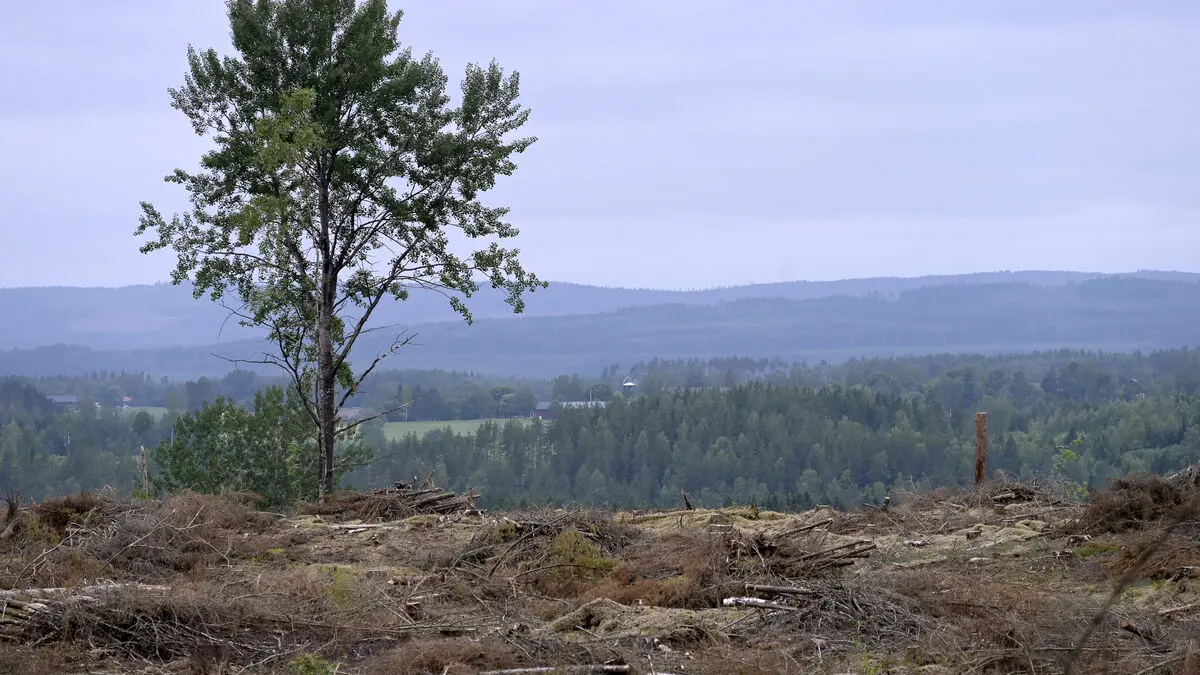When the world's countries have submitted their climate plans on how to reach emissions targets, they have great confidence that the land can be used to absorb carbon dioxide, the most important greenhouse gas.
If the plans are to become a reality, 1 billion hectares are required, an area larger than the whole of Europe, according to “The land gap report”, which is being released in connection with the climate summit in Belém, Brazil. Just over half of the area concerns various restoration projects, while 441 million hectares – an area the size of India – involves converting other land into forest.
"It's completely unrealistic that you could set aside that much land to reduce emissions. It shows that (countries) need to be much more specific in their promises," says Kate Dooley, one of the lead authors, at the University of Melbourne.
Many promise new forests
Russia, the United States, Saudi Arabia and Canada together account for 70 percent of the global greenhouse gas area needed to remove carbon dioxide.
They are all exporters of fossil fuels and the promises apply later in the century, like 2050. Our conclusion is that they are doing this instead of focusing on reducing emissions and phasing out fossil fuels now.
Many countries promise to plant new forests, but significantly fewer promise to protect their existing ones. The researchers argue that poor countries are locked into models that require them to cut down forests.
It is very difficult for them to reduce deforestation because it is required to maintain debt payments and creditworthiness, and there is an unfair global economic system that does not allow for biodiversity and forest protection in these countries.
Craving for timber
At the same time, there is a great desire for timber, as a climate-smart alternative to concrete, and for the forest to be used for bioenergy. But logging is too intensive, and is degrading the forests, according to the report. Sweden is no exception.
If Sweden is to use its forests to contribute to climate goals, it needs to harvest less, says Dooley.
From a climate perspective, it is much better to just leave the forest standing.
Yes, absolutely, it's much, much better. That's our point, from a climate perspective, the highest priority is to protect existing forests, to leave them alone.
The research group has examined the national climate plans (NDCs) that the countries that are part of the Paris Agreement submit to the UN every five years, especially the long-term goals. The report includes those submitted up to and including November of this year, where Sweden is part of the EU's common one.
The researchers have analyzed land-dependent carbon dioxide uptake, such as bioenergy with carbon capture and storage (BECCS).
In many cases, researchers have recalculated how much land would be required to reach the countries' goals.
Source: landgap.org





